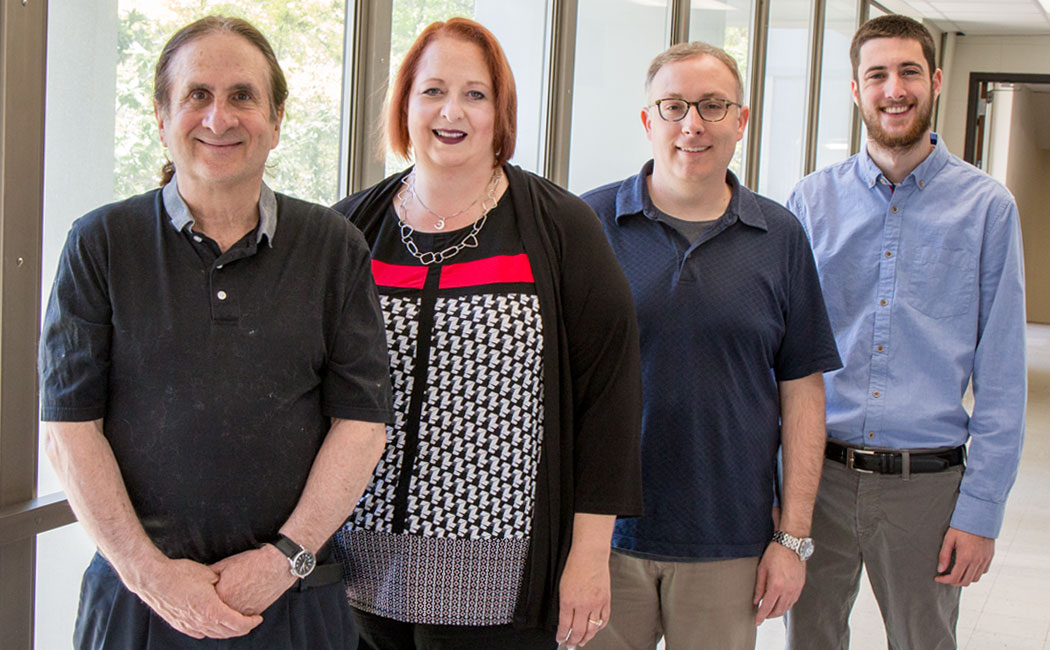
Michelle Howell Smith, CYFS research assistant professor, and Jared Stevens, CYFS graduate assistant, are part of a team investigating the use of grounded theory in mixed methods research, which blends qualitative and quantitative approaches.
The team’s study, “Contemporary Approaches to Mixed Methods–Grounded Theory Research: A Field-Based Analysis,” was published June 1 in the Journal of Mixed Methods Research. The team includes Timothy Guetterman, assistant professor of family medicine at the University of Michigan, and Nebraska’s Wayne Babchuk, assistant professor of practice in educational psychology.
The study analyzed 61 mixed methods research articles that discussed using grounded theory, which uses data—often involving special sampling techniques—to develop a theory.
Grounded theory is a little more seamless and intuitive for people with a quantitative background, and it has a lot of promise going forward in mixed methods research.
Michelle Howell Smith, research assistant professor
One of the hallmarks of grounded theory is a technique called theoretical sampling, says Howell Smith. Using this approach, researchers gather data concurrent with analyses and change their data collection protocols, such as interview questions, based on what they are finding.
“Using theoretical sampling, you learn things and take what you’ve learned and apply it as you get more data,” said Howell Smith. “You continue this iterative process until you hit theoretical saturation, which means you’ve sufficiently built your theoretical explanation.
“The end result of doing that rigorous collection and analysis is that a theory or framework has emerged from the data.”
However, the team discovered that many authors who use grounded theory in mixed methods designs are not developing theories.
Rather, the majority used grounded theory analysis to develop interventions, analyze open-ended survey data or explore secondary data. These studies often used convergent designs, in which quantitative and qualitative strands are conducted independent of each other.
Convergent designs can be compatible with grounded theory, says Howell Smith. However, with many studies lacking methodological detail and descriptions, it is difficult for the team to determine what elements of grounded theory are being used in mixed methods research.
These findings led the team to recommend best practices for researchers using grounded theory. Among the suggestions:
- Cite mixed methods and grounded theory literature
- Describe reasons for using mixed methods and grounded theory
- Specify methodological designs and approaches
- Use strategies to validate grounded theory findings
- Use standards to evaluate the quality of mixed methods and grounded theory findings
“The thing that’s really nice about grounded theory is that is has this very rigorous design, which is more familiar to researchers with quantitative backgrounds,” said Howell smith. “Grounded theory is a little more seamless and intuitive for people with a quantitative background, and it has a lot of promise going forward in mixed methods research.”